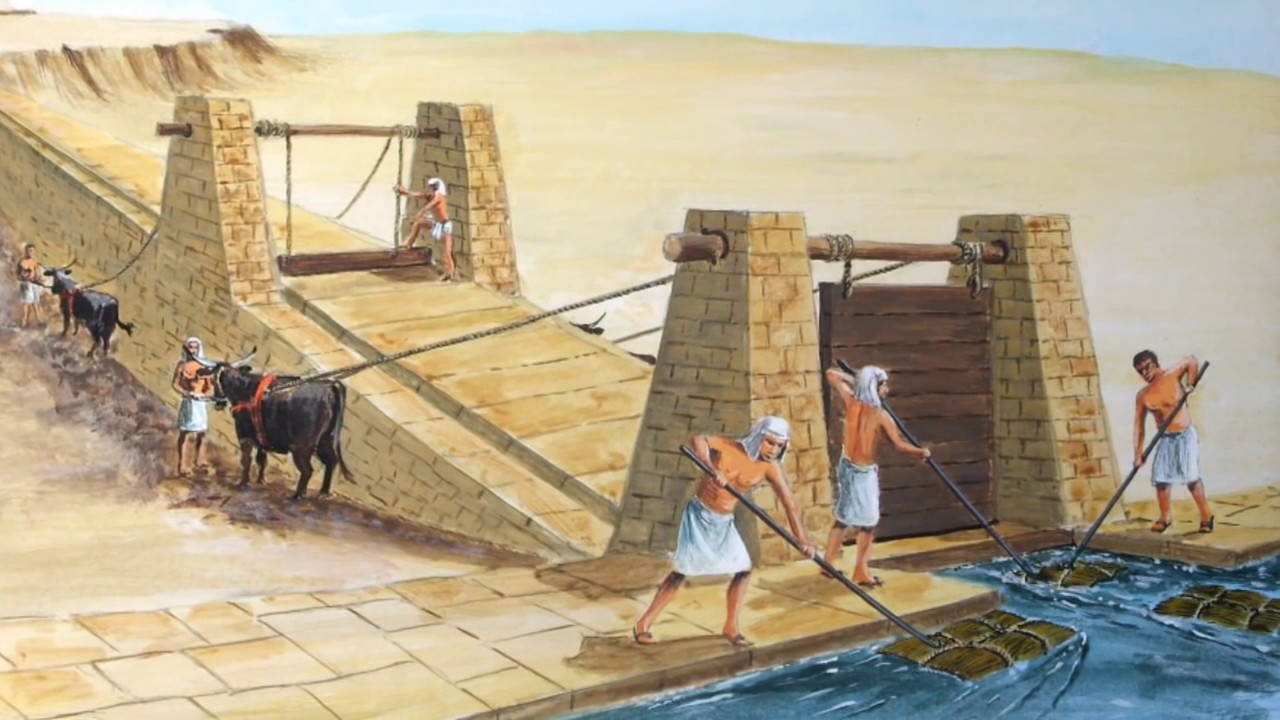
A new interpretation of a painting inside an Egyptian tomb has shed new light on how ancient Egyptians moved stones to build the pyramids.
Stones used to create the Egyptian pyramids usually weighed about 2.5 tons each. Research by scientists at the University of Amsterdam shows workers would move the stones on wooden sleds with upturned edges in the front. However, the friction of wood against dry sand in the desert caused significant drag, and would create a sand berm in front of the sled as it moved forward. Workers would then need to clear the built up sand before the sled could be moved again.
A new interpretation of an ancient Egyptian painting shows workers may have poured some water onto the sand in front of sleds. Sand with just the right amount of dampness cause microdroplets of water to bind to the grains of sand, creating a form across the grains and making the sand stiffer, significantly reducing friction and drag as the sled was moved forward. This meant less manpower was needed to move the sleds forward.
Artwork within the tomb of Djehutihotep, which was discovered in the Victorian Era, depicts a scene of slaves hauling a colossal statue of the Middle Kingdom ruler. In the painting, a man standing at the front of the sled is portrayed pouring liquid into the sand. Scientists say this discovery could even have implications for how modern society can efficiently transport everything, including sand, cement and flour.




